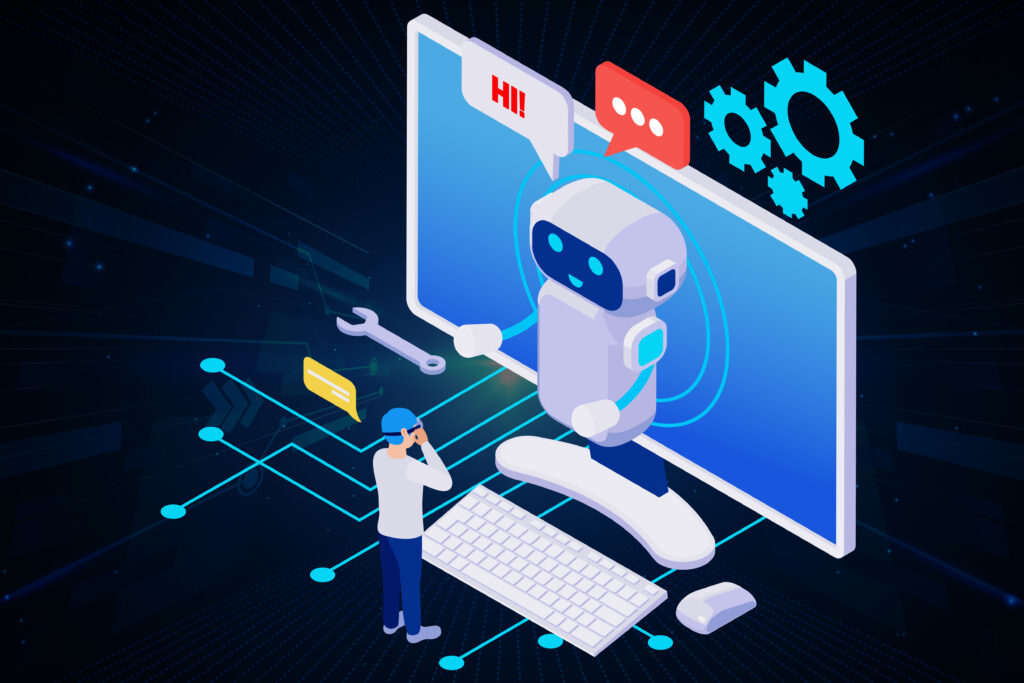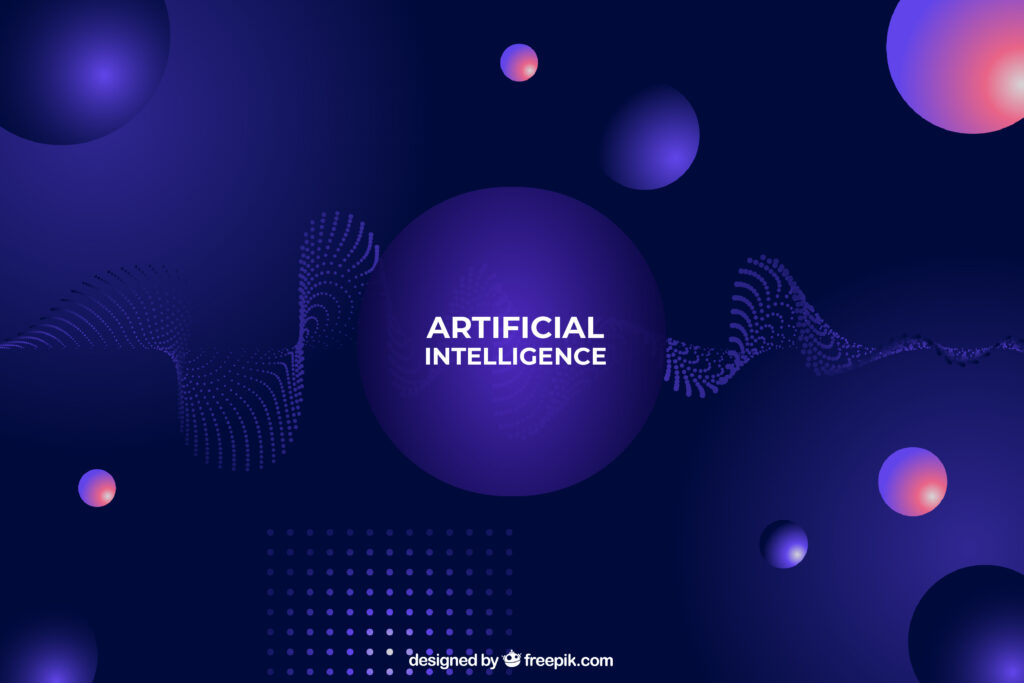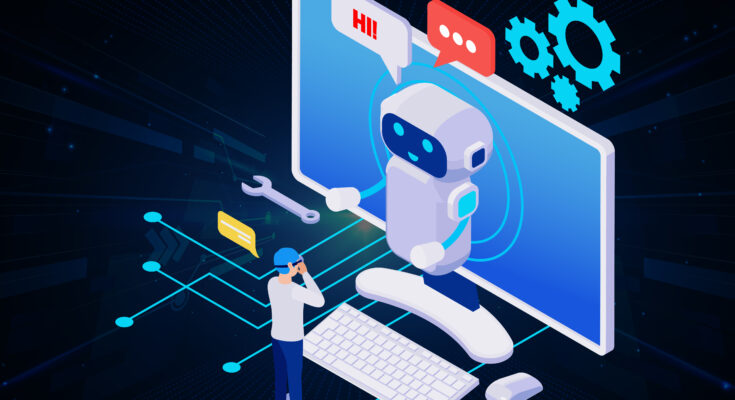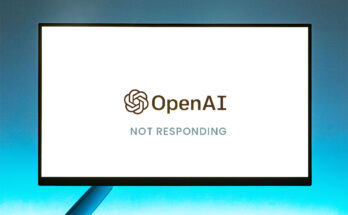Generative AI, a relatively new area within artificial intelligence, is already revolutionizing the process of creation, human imagination, and increasingly shaping ever broader areas of our lives. This field is on the process of shifting the perception of what machines are capable to do from mimicking human writing to creating eye-pleasing content. In this blog, we will take a closer look: what is generative AI; technologies that support it, main use cases and their future, and the associated ethical issues.

What is Generative AI?
Generative AI means algorithms that are capable of creating new content in the forms of text, picture, music, video or programs. While other types of artificial intelligence involve coded instructions or refer to strictly formatted materials to come up with its decisions, generative AI systems learn from a vast amount of data and create novel and complex solutions that Alicia sometimes call creations that may look like they were generated by a human mind.
Deep learning is the basis generative AI, which is an application of machine learning. These models can “learn” patterns of the data with which it is trained and apply the patterns in order to produce an entity which it has not seen before; this makes such models very useful across all domains.
How Does Generative AI Work?
Indeed, the architecture of generating learning primarily pertains to the neural networks. Two prominent techniques stand out:
The neural network models with two or more components that work in opposite ways and learn to generate ‘‘real’’ images given a set of training data are called Generative Adversarial Networks (GANs). GANs consist of two neural networks:
Generator: Creates new data samples.
Discriminator: We will also compare them and distinguish real samples from generated ones.
These networks learn in a ‘game’ where the generator attempts to deceive the discriminator network and the discriminator seeks to enhance its detection ability. The process of training generates working progressive more realistic samples based on an input document. They are applied in most image, video, and even deepfake generation tasks.
Transformers
Transformers are the workhorse in many text-based generative models such as OpenAI’s GPT (Generative Pre-trained Transformer). These models leverage on the attention mechanisms owed to their ability to identify dependencies of words within a sequence so as to produce syntactically correct and semantically meaningful text.
There are also other important architectures including Variational Autoencoders (VAEs) and Diffusion Models that are very vital in generative AI use of applications including image and audio synthesis.
Applications of Generative AI
As seen by the many uses of generative AI, from changing the self-service industry to financial products and services, it is diverse in its approach to transformation.
Text Generation
Generative capabilities of AI have paved a way to transforming content generation techniques through models such as GPT, BERT, and Llama. Applications include:
- Content Writing: Blogs and articles, marketing texts.
- Customer Support: Web based speech interfaces that embrace natural language evaluation and generation and complex natural language processing models for chatbots and virtual assistants.
- Code Generation: GitHub Copilot for example generates or suggests code segments for developers.
Image and Video Creation
Recently, some of the new fashionable applications of generative AI are DALL-E, Mid-journey, and Stable Diffusion. Use cases include:
- Graphic Design: Creation of specific logos, illustrations, and art works.
- Video Production: Designing videos, animations and even deep fakes.
- Medical Imaging: Improving diagnostics by creating detailed medical images in souls stirred fervently combine all.
Music and Audio Generation
There is an ability to generate new music by the algorithms like Juke deck and OpenAI called Museet. This has profound implications for:
- Film Scoring: Personalized soundtracks.
- Game Development: Dynamic music scores that change in accordance with taking place in the game events.
Virtual and Augmented Reality
It is evolving games and architectural designs by generating realistic places and objects that A/VR requires, as well as realistic simulation for training purposes.
Healthcare
Beyond medical imaging, generative AI is used to:
Design’s new drugs by synthetically building molecules. Design general artificial data sets for multiple investigations with protecting patient identity.
Education and Training
Generative AI tools like ChatGPT are enhancing e-learning by:
The creation of customer relations and the ability to deliver content according to a customer-specific calendar. Ensuring construction of related interactive kinds of simulations.
Download ChatGPT for your PC : Click Here
Ethical Considerations
Despite its transformative potential, generative AI raises significant ethical questions:
Misinformation and Deepfakes
Many organizations able to create realistic fake content are able to use it to influence society, mislead and/or bring discredit on various organizations and personages.
Copyright and Intellectual Property
Content generated of generative AI very often is derived from copyrighted content and hence the ownership status of such content is an issue. Who has ownership of the rights, the user, the creator of the AI, or the AI?
Bias and Fairness
That is the reason why these models carry over discriminative information that is embedded in the data input that served in the formation of the model. This may lead to discrimination and especially in these areas such as employment or even credit.
Environmental Impact
Training large scale deep neural networks is computationally expensive – a trend that is causing a wakeup call to the issue of climate change.

The Future of Generative AI
Even now, generative AI is expected to improve and this should be caused by improvements in computations, algorithms, and data sources. Here are some potential future directions:
Creative AI
Creative AI will open a process of creating something side by side with the human, where people themselves will require a creative help to come up with ideas for novels, buildings, and new products.
Enhanced Realism
This will lead to escalated realizability of the synthetic representations, rendering it harder for the frameworks to be distinguished from the actual human-generated content in motion pictures, games, and simulated worlds.
Personalized Experiences
Content and services delivered through generative AI will be adapted to particular needs base on desires of an individual, starting from educational resources up to the healthcare services.
AI for Scientific Discovery
In some cases, generative AI could drive scientific advancements in science as it arrives at concepts ranging from physics to biology to chemistry through the procedure of the simulation.
Democratization of Creativity
Since the tool is getting more common, the generative AI is going to create an avenue for professional work to be done by persons with no coding or programming knowledge.
Try latest ai tool with new generation technology Gemini 1.5 pro
Conclusion
The generative artificial intelligence is a vivid example of how far methodologies can go in uniting the human ability to create and a machine’s ability to compute in this case. As with most technologies, there are inevitable pros and cons, including ethical concerns and environmental impact to name but a few an instance in as much as there are constraints as shown in the figure below, no one can gainsay that it is capable holding the key to the reinvention of industries and a further advancement of human capabilities.
We need to start thinking not only about what should be produced by generative AI but also about how advanced AI can be used for the progress of all mankind.




